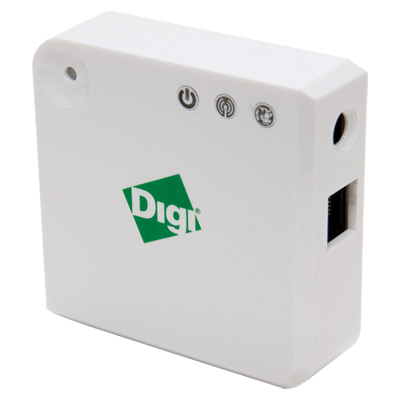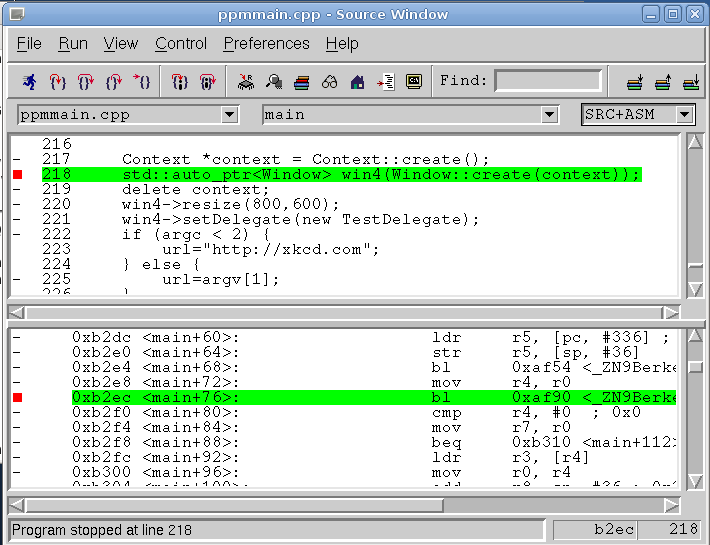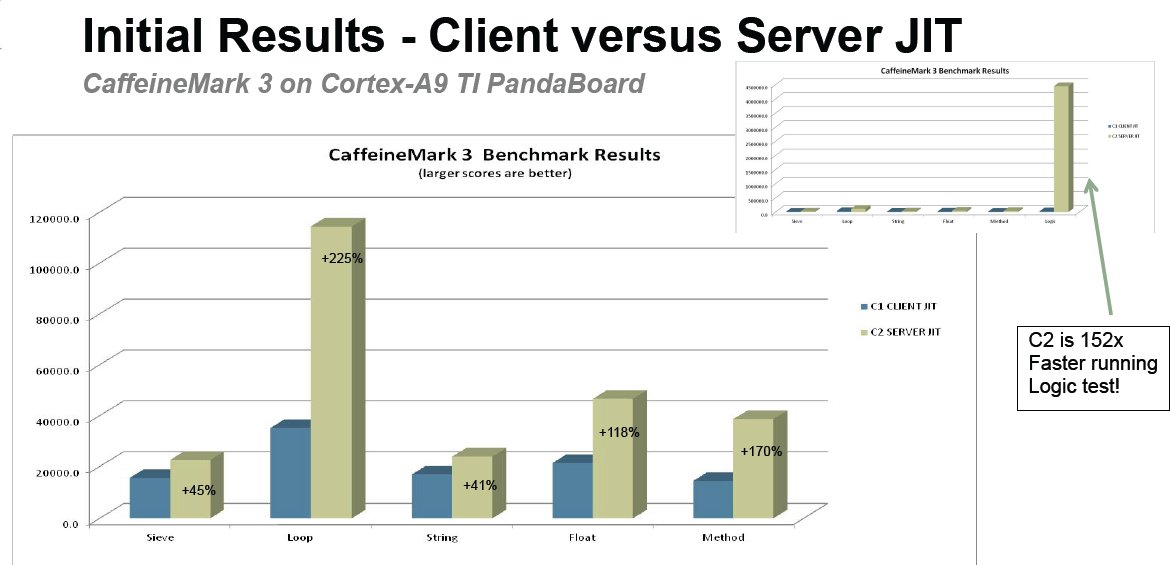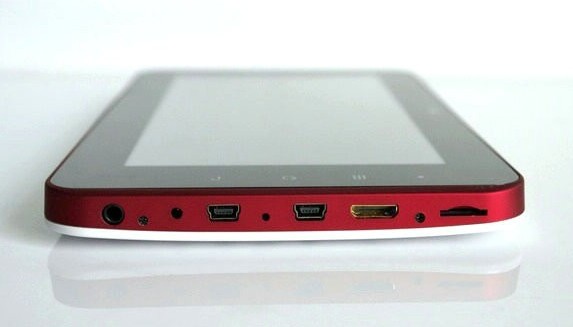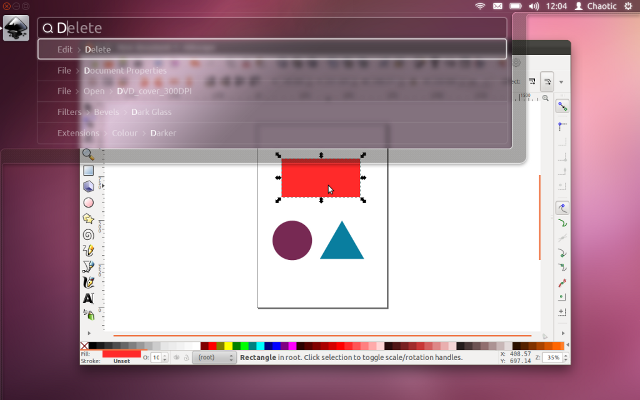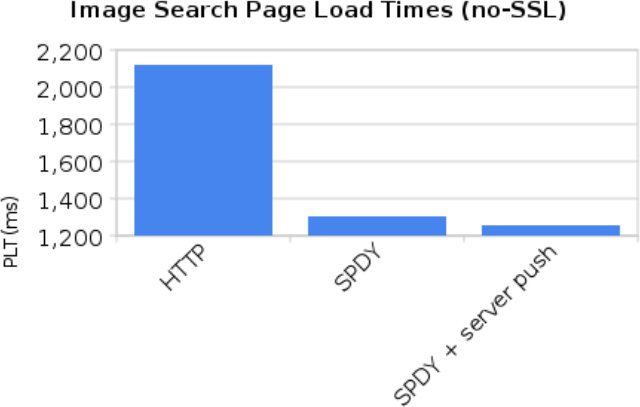Penandfree has unveiled the PT-pen (Presentation pen) at the 2012 ISE exhibition. The company claims this pen can transform ordinary laptops or netbooks into touch-screen tablets, replacing the need for both a mouse and keyboard. PT-Pen can be used for capturing handwritten notes, digital signatures and all sorts of creative sketches. MINT Interactive software is included with the PT-pen and provides access to a full color pallet, a variety of line thicknesses, a virtual keyboard and a handwriting recognition mode. Penandfree explains that PT-pen allows navigation in web browsers and can be used with office software such as Microsoft Excel and Powerpoint as it conforms with Microsoft tablet and standard HID specifications. Mint Interactive Software can be download for Windows XP/Visata/&, MacOS and Linux. For Android Tablet and/or iPad users, Penandfree unveiled the “Legato Smart-Pen”. The PT-pen digitally “inks” a laptop’s LCD using ultrasonic technology. A magnetized receiver sits at […]
ConnectPort X2e SEP 2.0 Compliant Home Energy Gateway with Zigbee Connectivity
Digi International announced the “ConnectPort X2e for Smart Energy”, a Linux-based Home Energy Gateway with Zigbee connectivity based on Freescale Home Energy Gateway Reference Platform powered by Freescale i.MX28 processor. The “ConnectPort X2e for Smart Energy” is upgradable to comply with the new Smart Energy 2.0 Profile (SEP 2.0) and enables ZigBee devices on a Home Area Network (HAN) to communicate with an energy service provider. The new gateway is a low-cost, enhanced version (hence the “e” in X2e) of Digi’s ZigBee Smart Energy Gateways. The device connects ZigBee Smart Energy devices from a Home Area Network (HAN) to an energy service provider via broadband. It supports over-the-air updates of connected Smart Energy devices, making it easier for utilities and application partners to establish and maintain large Smart Energy device deployments. The company offers two models namely: ConnectPort X2e, ZigBee SE Coordinator for stand-alone Smart Energy networks that do not […]
Debugging Embedded Linux with GDBserver and Insight (gdb GUI)
Although it it sometimes possible to debug applications using GDB (The GNU Debugger) on the target boards, there is often not enough memory available to run GDB on embedded systems running Linux. To work around this issue, you can use gdbserver to perform remote debugging. Installing and running gdbserver on the target board First of all you need to install gdbserver on the target board. Assuming you use a Debian based distribution:
|
1 |
apt-get install gdbserver |
If you distribution, does not have binary repository, you can download gdb source code and cross-compile gdbserver. Once gdbserver is installed, (cross-)compile your application in debug mode and start gdbserver as follows:
|
1 |
gdbserver target_ip:target_port prog_dbg |
Where target_ip and target_port are respectively the IP address of the board and the chosen TCP port, and prog_dbg, the program under test compile in debug mode (CFLAGS=-g). Remote Debugging with GDB If you are familiar with gdb and prefer to use the command […]
Java SE Server Compiler now Available on ARM
Hardware and software development is going full-steam ahead for ARM servers. After Calxeda and AppliedMicro server SoCs – based respectively on Cortex A9 and ARMv8 architecture – have been announced and Ubuntu focusing further ARM development on Servers (Calxeda, Marvell and ARMv8), Oracle has released the Java SE server compiler – a throughput optimizing JIT compiler – for ARMv7. The ARMv7 server compiler is part of Java SE for Embedded 7 Update 2. First, some quick explanations on the 2 JIT compilers available for Java SE: Client: The client compiler is a fast start-up, lightly optimizing compiler. It’s better suited for smaller footprint systems and those running applications that require fast start-up such as Android applications. Server: The server compiler is optimizing code for throughput and produces highly-optimized code but incurs a start-up cost in achieving that. The server compiler only works on ARMv7 processors with hardfloat (VFPv3 FPU), and initial […]
Spark: Linux Tablet with KDE based Plasma Active
This must be the very first Linux tablet available on the market. Spark sports an open Linux stack on unlocked hardware and comes with an open content and services market. The user interface is Plasma Active running on KDE. Here are the technical specifications: CPU: ARM AMLogic (Cortex-A9) @ 1 GHz Mali-400 GPU 512 Mo RAM 7″ multi-touch capacitive touchscreen 4 Go Flash SD card slot WiFi, 3G (GSM), HDMI (1080p), 2 mini-USB ports Battery: 3000 mAh at 7,4 volts or 6000 mAh at 4,7 volts Weight: 355 grams You can see Plasma Active interface in the video below: The tablet will cost 200 Euros (about 270 USD). They did not provide availability, but promised further information on Tuesday. You can learn more about the user interface, getting a binary image and/or getting info to development apps for the platform on Plasma Active website. Jean-Luc Aufranc (CNXSoft)Jean-Luc started CNX Software in […]
Archos Gen8 Firmware Version 2.4.82 Released
Archos has released a new firmware for Archos 28/32/35/43/70/101 internet tablets (Generation 8). This is a bug fix version, no Android 2.3 (Gingerbread) here. Here’s the changelog: Version 2.4.82 – January 25th, 2012 USB host: fix host not working anymore on some A101 units Archos 35 home connect: allow to change temperature unit in weather clock Video: improve playback of some FLV files The firmware can be downloaded at http://update.archos.com/8/gen8/gen8_2.4.82/firmware_archos_android_gen8.aos Jean-Luc Aufranc (CNXSoft)Jean-Luc started CNX Software in 2010 as a part-time endeavor, before quitting his job as a software engineering manager, and starting to write daily news, and reviews full time later in 2011. www.cnx-software.com
HUD (Head-Up Display) Comes to Ubuntu 12.04
Ubuntu has announced Head-Up Display (HUD) for Ubuntu 12.04 (Precise Pangolin) a contextual search interface that could, as Canonical expects, ultimately replace menus in Unity applications. So when Ubuntu 12.04 is released in April 2012, it will be the first LTS (Long Term Support) Ubuntu version with the Unity interface and the new HUD feature. I like HUD, as I find it similar to what is done in Windows 7 and what could be done with Google Desktop in Windows XP previously, although Ubuntu HUD goes further as it includes menus in the search. What I would NOT like however, is that they completely remove menus. I’d like to see it as a complement of menus (Which will be the case in 12.04), but this does not seem to be Canonical’s intention for future versions of Ubuntu (12.10 and beyond), as they want to replace menus with HUD. HUD will […]
SPDY Aims to Make the Web Faster and Replace HTTP
SPDY (pronounce “SPeeDY”) is a new protocol designed by Google that aims at making the web faster and eventually replace HTTP. This new protocol is not a new scheme, so it would be transparent to the user and there would not be a new spdy:// prefix and we would still be using http://. It will always be secure and use tcp port 443 instead of 80 (because of transparent proxies messing up with packets). Most of Google products such as Chrome, Android Honeycomb (They can’t say if ICS is using SPDY…) devices and Google’s servers have already using SPDY protocol for some time, and Google reports some encouraging results. The tested 300 sites from the top 1000 Alexa sites and found an average 40% page load improvement. They also reported some labs tests: *PLT stands for “Page Load Times” in the chart above. Google is not the only company using […]



